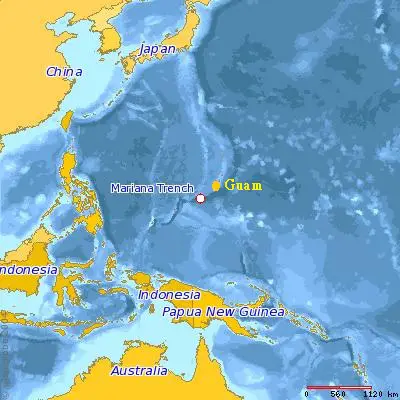In 2018, a total of 238,000 containers (TEU) were handled in Norway’s largest container terminal, YILPort Oslo, an increase of 14% from the previous year. Cargo from Europe is growing. Oslo is the logistics hub in Norway. About 80% of the goods that come in containers, everything from bicycles, books to electronics, curbstones, and foodstuffs is destined to Oslo and the neighboring areas. Norway’s most modern container terminal is close to a large and growing market. Half of the Norwegian population is within a three hours drive from the port of Oslo.
Delivers good quality
New lines and dynamic terminal operators, shipping companies and logistics actors are key preconditions for growth.
We want to commend the work that the container operator YILPort Oslo, together with the shipping companies, has closed over time. Good capacity and quality are crucial. We are in the process of getting a very competitive container terminal, says Port Director, Ingvar M. Mathisen (picture), who adds that increased sea transport is an important contribution in the green shift, and to reach Oslo’s goal of a future zero emission port.
Sea transport is cost-effective and environmentally friendly, and more than halves greenhouse gas emissions compared to other modes of transport.
More European goods
The increased volume in 2018 is mainly in European cargo, which previously came from Europe to Norway with trucks. Changes in the transport market and lack of truck drivers in several countries in Europe have led to increased prices for road transport.
In a good dialogue with the market, we have changed the dynamics of the supply chain and expanded the operating times to compete with the trucks on the road. This is how we got new lines and more goods. In April 2018, the shipping companies Via sea and Containerships started a new, weekly route from Klapeida in Lithuania via Gdynia in Poland to Oslo, says Maiken Solemdal, marketing manager in YILPort.
Growth. YILport takes market shares from road transport, says commercial manager, Maiken Solemdal.
Towards a zero-emission terminal
YILPort Oslo’s advanced logistics systems and modern, environmentally friendly terminal equipment ensure efficient transhipment and short stay time for the cargo.
Yilport aims to become a zero-emission terminal. Terminal container cranes are among the world’s quietest, zero-emission cranes. The Port of Oslo has provided environmental grants that enable the purchase of six new electric trucks that will replace diesel-powered machines.
Yilport is well on its way to achieving the goal and wants to be at the forefront of development. The next step is electrical terminal tractors. Then there remain to be electric-Reach stackers, which are vehicles that lift containers. The electricity technology for this vehicle is not yet on the market, but I strongly believe that technology is coming. Then we are a zero-emission terminal, says marketing manager Maiken Solemdal, who adds that the most important environmental measure is to move goods from road to sea, and significantly reduce CO2 emissions on goods and goods imported into Norway.
Collaboration for more sea transport
Close cooperation in the value chain, between port, terminal operator, goods owners and logistics operators is necessary. BAMA has since 2017 transferred 2000 means of transport of fruit and vegetables from road to sea. It is a result of the collaborative project Cool Oslo Shortsea in the port of Oslo for more sea freight of fresh produce.
We notice that targeted work by goods owners, shipping companies and logistics operators to improve and deliver the quality that is necessary, gives results.
Press Releases: oslohavn.no
Photo Courtesy: oslohavn.no
The post Norway’s Largest Container Terminal ‘YILPort Oslo’ Records Highest Container Volume appeared first on Maritime Manual.
from WordPress https://ift.tt/2E81oun

No comments:
Post a Comment